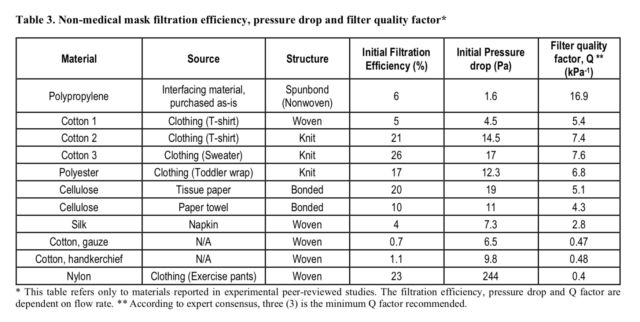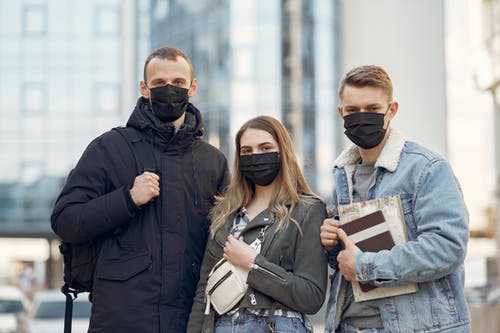Just because we’re now a couple of weeks into Level 3 doesn’t mean you can stop taking this pandemic any less seriously. You still gotta keep up those hand washing routines and wear your mask wherever possible, otherwise, we might be booted back to level 4…or worse.
So, to ensure that people all over the place are still using their masks correctly, the World Health Organisation has updated its list of suggestions and guides for homemade masks and from the looks of things, you might have been doing it wrong this whole time.
The WHO made it very clear that wearing a mask alone is not enough to prevent contracting the coronavirus but must rather be used in conjunction with a range of other safety measures such as social distancing and continuous hand washing. While plenty of countries around the world have already implemented rules stating that healthy members of the public must wear masks when in locations where the social distancing isn’t possible, the WHO has now agreed that this is a good idea. Thanks, WHO. It’s not like anyone could have told you that months ago. The WHO does go on to state that masks can only really be trusted as “source control” and don’t offer much in the way of personal protection.
Most of the new guidelines have already been used in South Africa but what’s most interesting is the new information regarding homemade, fabric masks. There’s a whole new standard for non-medical masks that can determine how safe your DIY job is, including loads of very technical things like the breathability pressure difference must be below 100 Ps (Pascals) and must include a minimum of 70% “solid-particle filtration or droplet filtration”. Sure, that’s something everyone can measure whenever they want.

Okay, down to the actually applicable stuff. The WHO has ruled that for a fabric mask, depending on the material used, three layers are required to stop the spread of the COVID-19. An example given was that cotton fabric folded over to make four layers only yields a filtration efficiency of 13%. There is an ideal build for a DIY fabric mask, as quoted from a press conference held over the weekend:
“The ideal combination of material for non-medical masks should include three layers as follows: 1) an innermost layer of a hydrophilic material (e.g. cotton or cotton blends); 2), an outermost layer made of hydrophobic material (e.g., polypropylene, polyester, or their blends) which may limit external contamination from penetration through to the wearer’s nose and mouth; 3) a middle hydrophobic layer of synthetic non-woven material such as polypropylene or a cotton layer which may enhance filtration or retain droplets,” said World Health Organisation official Director-General Tedros Adhanom Ghebreyesus.
So if you want to ensure the safety of those around you, it might be a good idea to go back to the drawing board with your mask. Don’t worry, you can still make it as aesthetically pleasing as you’d like but now you know that face masks are like ogres: They have layers.
(Source: Ars Technica)




